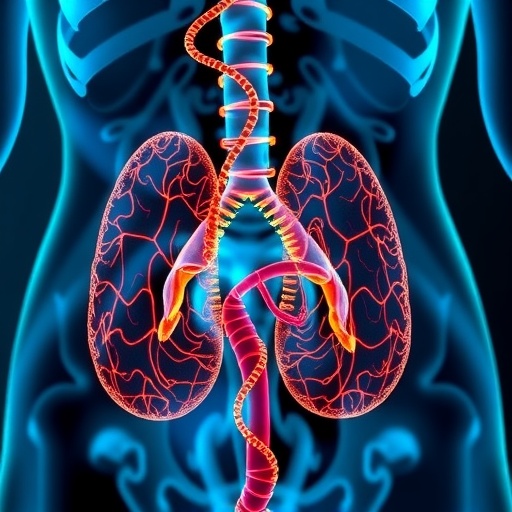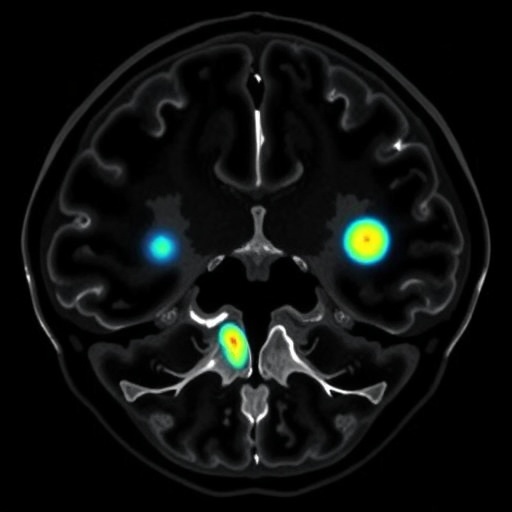The GREB1 gene promotes resistance to prostate cancer treatments, making it a potential target for future therapies
Researchers have discovered how a gene involved in regulating hormone receptors may contribute to drug resistance in some prostate cancer patients.
Their findings, published in eLife, suggest that disrupting specific activity of the GREB1 gene could be explored for developing more effective therapies in future.
Androgens, a male hormone, encourage the growth of prostate cancer cells. Hormone therapies (or ‘antiandrogens’) have been developed to counter this activity. These treatments, which target a protein molecule activated by the hormone – the androgen receptor (AR) – are effective against advanced prostate cancer but are hindered by a type of drug resistance called castration-resistant prostate cancer (CRPC). The most common cause of this resistance is an increase in both the amount and activity of AR.
Previous studies have shown that increases or mutations in AR are present in over 50% of CRPC patients, and that increases in AR are associated with greater resistance to the next-generation AR inhibitors: abiraterone and enzalutamide.
“Studies have also revealed several differences in AR activity in prostate cancer,” explains first author Eugine Lee, Research Fellow in Charles Sawyers’ lab at Memorial Sloan Kettering Cancer Center, US. “Notably, these differences occur in the absence of genetic alterations in AR, which are generally found only in CRPC. A possible explanation is that AR activity is encouraged by coactivators – other genes and proteins that help the function of AR – and we wanted to see if this is the case.”
Lee and her team first isolated prostate cancer cells with low versus high AR activity. They found that those with high AR output have reduced sensitivity to enzalutamide, in the absence of changes in AR protein expression.
They next identified three genes that were most active in cells with high AR output: GREB1, KLF8 and GHRHR. “Of these genes, we prioritised GREB1 for further investigation because it has higher expression levels in primary prostate tumours with high AR activity,” says Lee.
Their analysis showed that GREB1 increases AR activity through a novel two-part mechanism: it binds AR and promotes its activity by recruiting AR coactivators (enzymes such as EP300/CBP); and it improves the efficiency of AR binding to DNA, which further enhances AR activity. Importantly, the team found that inhibiting GREB1 converted cells with a high AR output to a low-output state, and improved the effectiveness of enzalutamide treatment.
“Collectively, our results implicate GREB1 as an amplifier of AR activity that contributes to prostate cancer progression and promotes antiandrogen resistance in disease models,” concludes senior author and Howard Hughes Medical Institute Investigator Charles Sawyers, Chair of the Human Oncology and Pathogenesis Program at Memorial Sloan Kettering Cancer Center.
“For now, further research is needed to understand the clinical implications of this work – particularly whether GREB1 levels in CRPC patients can be used to predict their response to next-generation AR therapy.”
###
Reference
The paper ‘GREB1 amplifies androgen receptor output in human prostate cancer and contributes to antiandrogen resistance’ can be freely accessed online at https:/
This study was first published on bioRxiv, at https:/
Media contact
Emily Packer, Senior Press Officer
eLife
01223 855373
About eLife
eLife aims to help scientists accelerate discovery by operating a platform for research communication that encourages and recognises the most responsible behaviours in science. We publish important research in all areas of the life and biomedical sciences, including Cancer Biology, which is selected and evaluated by working scientists and made freely available online without delay. eLife also invests in innovation through open-source tool development to accelerate research communication and discovery. Our work is guided by the communities we serve. eLife is supported by the Howard Hughes Medical Institute, the Max Planck Society, the Wellcome Trust and the Knut and Alice Wallenberg Foundation. Learn more at https:/
To read the latest Cancer Biology research published in eLife, visit https:/
Media Contact
Emily Packer
[email protected]
Related Journal Article
https:/
http://dx.




